As students with disabilities transition to adulthood, what can you do to help them set and work toward their employment goals? Today’s post focuses on career development steps to take—not just to help students with disabilities find a job, but to support students in exploring satisfying careers (and postsecondary education, if desired) that match their interests and preferences.
Adapted from the book Your Complete Guide to Transition Planning and Services by Mary E. Morningstar and Beth Clavenna-Deane, here are some important activities students should undertake during each year of high school to ensure that they’re college and career ready.
 In 9th grade, your student should…
In 9th grade, your student should…
- Take a career preparation course focusing on learning different career areas and the training and job requirements.
- Develop a career plan.
- Complete career interest and working conditions inventories, and analyze the inventories to determine if career interests match the working conditions associated with the career.
- Attend field trips to local businesses to get a first-hand look at the jobs onsite.
- Participate in a mentorship program with a local business, if available.
- Meet with a case manager to create a measurable postsecondary goal for employment that aligns with career interests, preferences, experiences, and capabilities.
In 10th grade, your student should…
- Complete further career assessments and update previous ones.
 Participate in career explorations related to their career interests.
Participate in career explorations related to their career interests.- Complete a job shadow application and take part in the job shadow.
- Take a social skills class to learn the social aspects of job sites.
- Attend college and career fairs at school. Representatives from apprenticeship programs and vocational/technical schools attend these, in addition to representatives from colleges.
- Observe a vocational course in high school related to career interests, and determine if they can enroll in it for junior year.
- Meet with their case manager to update the measurable postsecondary goal for employment.
 In 11th grade, your student should…
In 11th grade, your student should…
- Update their career assessments and career plan.
- Attend a work experience class that provides volunteer hours in businesses related to the student’s career interests. The student should attempt to rotate through two or three different businesses and different jobs at each business.
- Participate in mock interviews related to each of these jobs.
- Participate in a vocational/technical course in high school related to their career interests.
- Seek a part-time, after-school, or summer job in addition to volunteer experiences.
- Meet with their case manager to narrow career goals based on work experiences.
In 12th grade, your student should…
- Update their career assessments to narrow their interests.
 Consider dual enrollment at the community college or local technical school to participate in coursework aligned with their career choices.
Consider dual enrollment at the community college or local technical school to participate in coursework aligned with their career choices.- Attend college and career fairs at school.
- View college departments that align with their chosen careers and determines the type of training provided.
- Apply to a community college, 4-year college program, or vocational/technical school based on which one provides the program best suited to career interests, preferences, needs, and strengths. (Education and training after high school is often necessary to obtain a career position.)
- Continue working a part-time job after school and in the summer.
- Meet with their case manager to prepare for what accommodations will be needed in a job setting.
- Assist with developing their own Summary of Performance so that the student is aware of the accommodations that will be helpful on the job.
A printable checklist of these grade-specific activities can be downloaded here. As you complete this student-centered checklist, look for ways you can personalize it to meet the needs of individual learners.
By connecting your students with work-based learning activities and embedding career exploration and experiences into each student’s high school agenda, you’ll help them meet their goals and get ready for future success. For much more guidance on college and career preparation for students with disabilities, be sure to pick up the book behind today’s post!
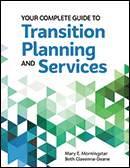
Your Complete Guide to Transition Planning and Services
By Mary Morningstar, Ph.D., & Elizabeth Clavenna-Deane, Ph.D.
This introductory guide will help you every step of the way as you support students’ successful transition to college, work, and community life. You’ll get the how-to guidance you need to master all the basics of transition planning and services, from assessing each learner’s strengths and writing IEPs to evaluating student progress. Research-based strategies help you develop effective plans with confidence, and the reproducible checklists and forms keep critical information organized as you prepare each student for life beyond the classroom.
Stay up to date on the latest posts, news, strategies, and more!
Sign up for one of our FREE newslettersMore posts like this
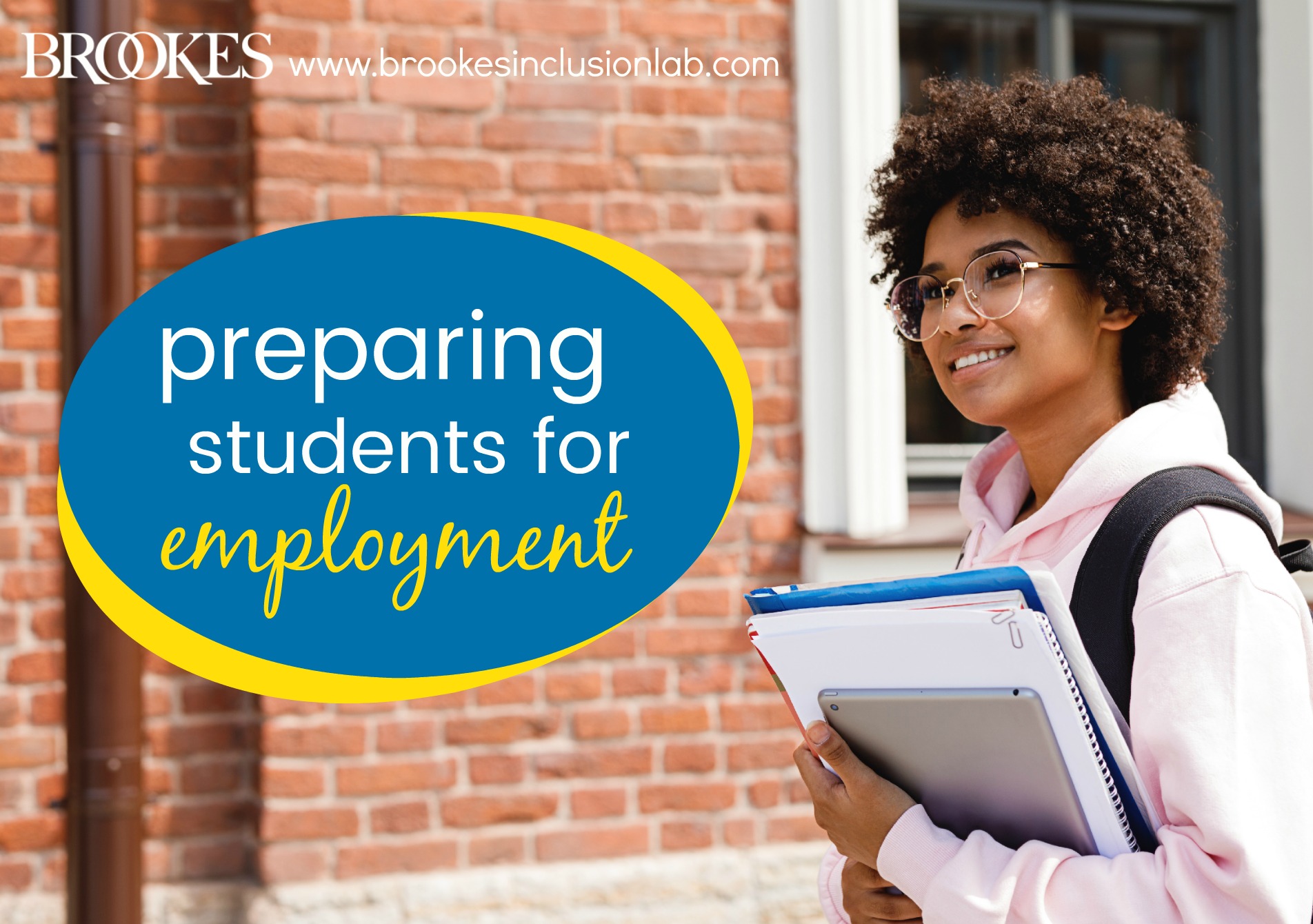
Using Person-Centered Planning to Prepare Students for Employment
September 17, 2019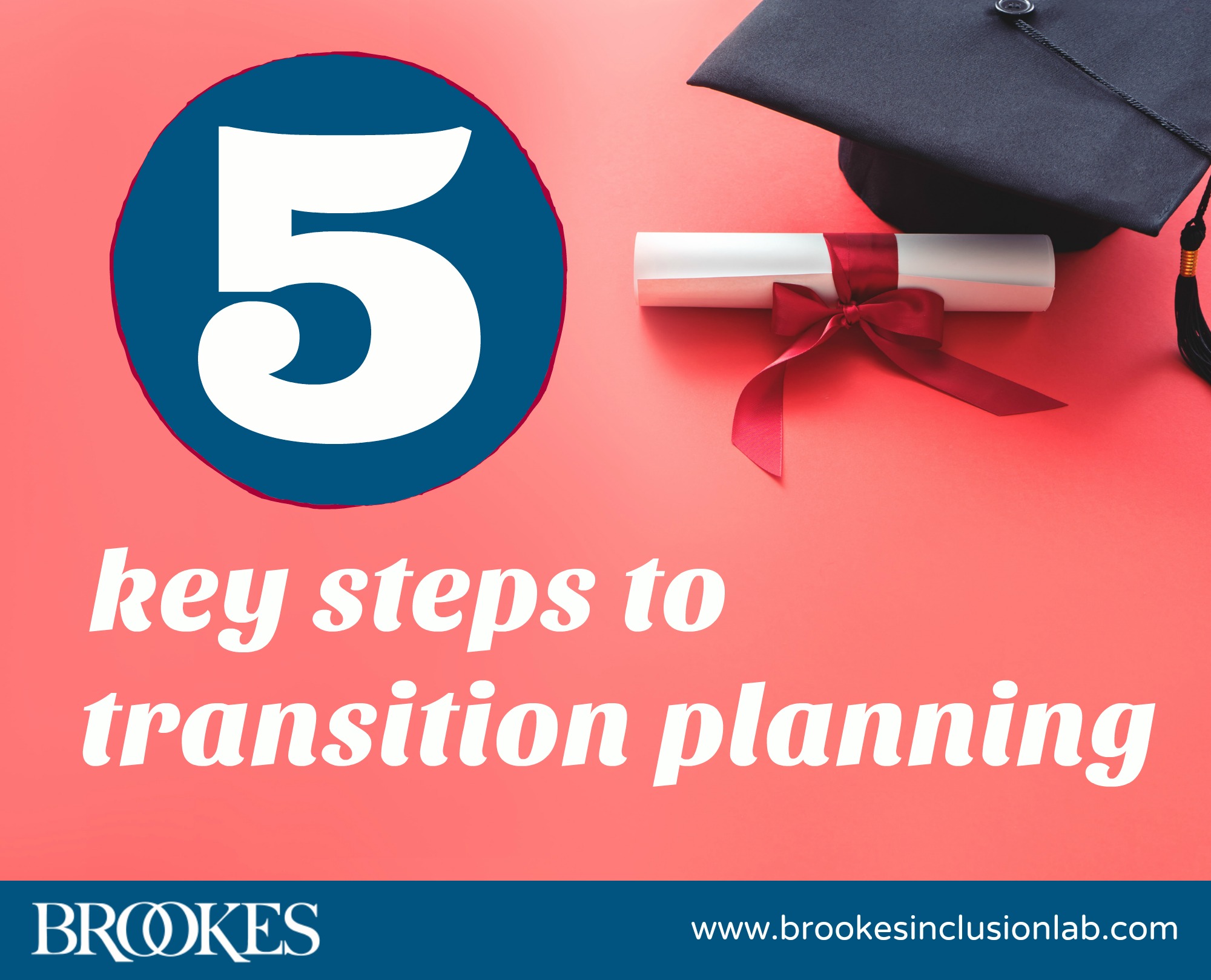
5 Key Components of Effective Transition Planning
March 10, 2020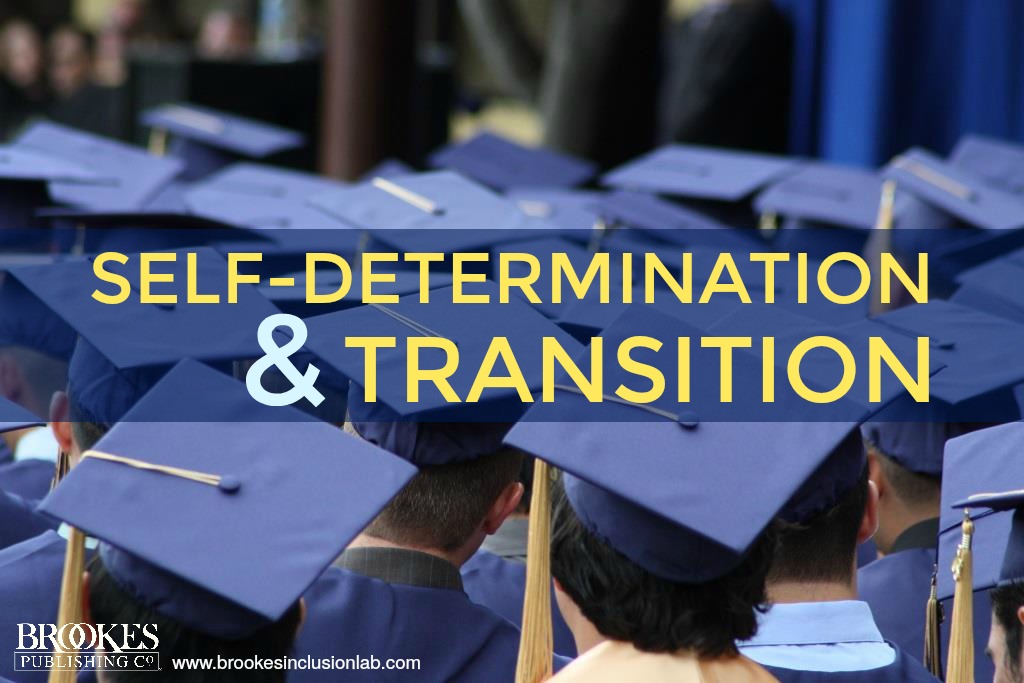

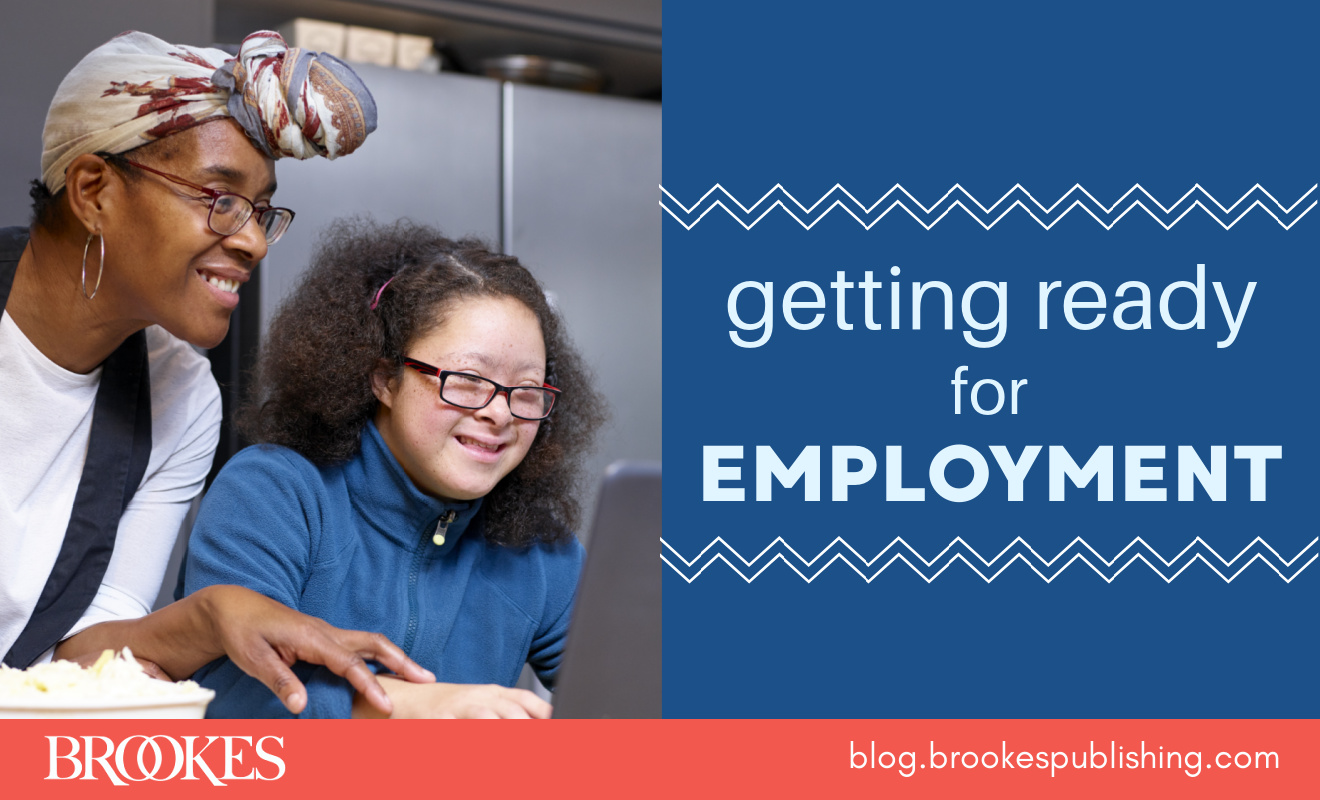
Write a Comment
Your email address will not be published. Required fields are marked *
Post a Comment